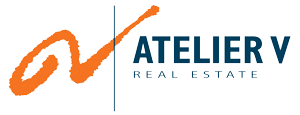
If the DNA and culture of an organisation are translated into a melody, which building symphony fits then? Buildings are ‘frozen’ music and shape your life, they accelerate the pace at which organisations become future-proof and cultivate a thriving learn/work environment.
Just like sound can create order from chaos, so does architectural form creates orderliness. Architecture is a Symphony of Form.
What are the building blocks of the organisational DNA that can be used to create a melody to be experienced by the occupants of the built environment? Sound frequencies have an effect on matter.
An exploration odyssey about REAL ESTATE and the (real) STATE of Humans. The interface and interaction between the state of the built environment (physical, digital, social) and the health (body, mind, heart, spirit) of people using the built environment. The environment is influencing how you think and feel. The human mind and body are not separate and distinct from their environment.
“Real Estate is not only about bricks.
It’s also about behaviour, the Real State of people.”
(René Stevens)
Bridging Real Estate and the Real State of Human Beings
Research has proven that not the objective environmental conditions, but the subjective interpretation of it, affect the well-being of humans. The way human beings experience the environment therefore also influences their productivity (efficiency and effectiveness). ‘Soft’ employee engagement metrics are therefore in most cases even more important than ‘hard’ cost metrics.
Everything has an electromagnetic frequency: our bodies; the food we eat; illnesses; emotions; music; colours; the chair you are sitting on as well as the building you are in with its Wi-Fi and other electromagnetic smog. The human body operates at 62-68 MHz, which is to say that the body creates, sends and processes 62,000,000 – 68,000,000 electromagnetic signals per second. Everything we eat, think, feel, listen to, and surround ourselves with impacts our personal frequency. When the body frequency is low we are out of alignment, we create space for ‘dis-ease’.
